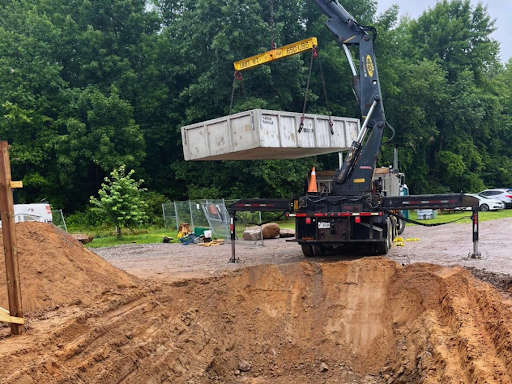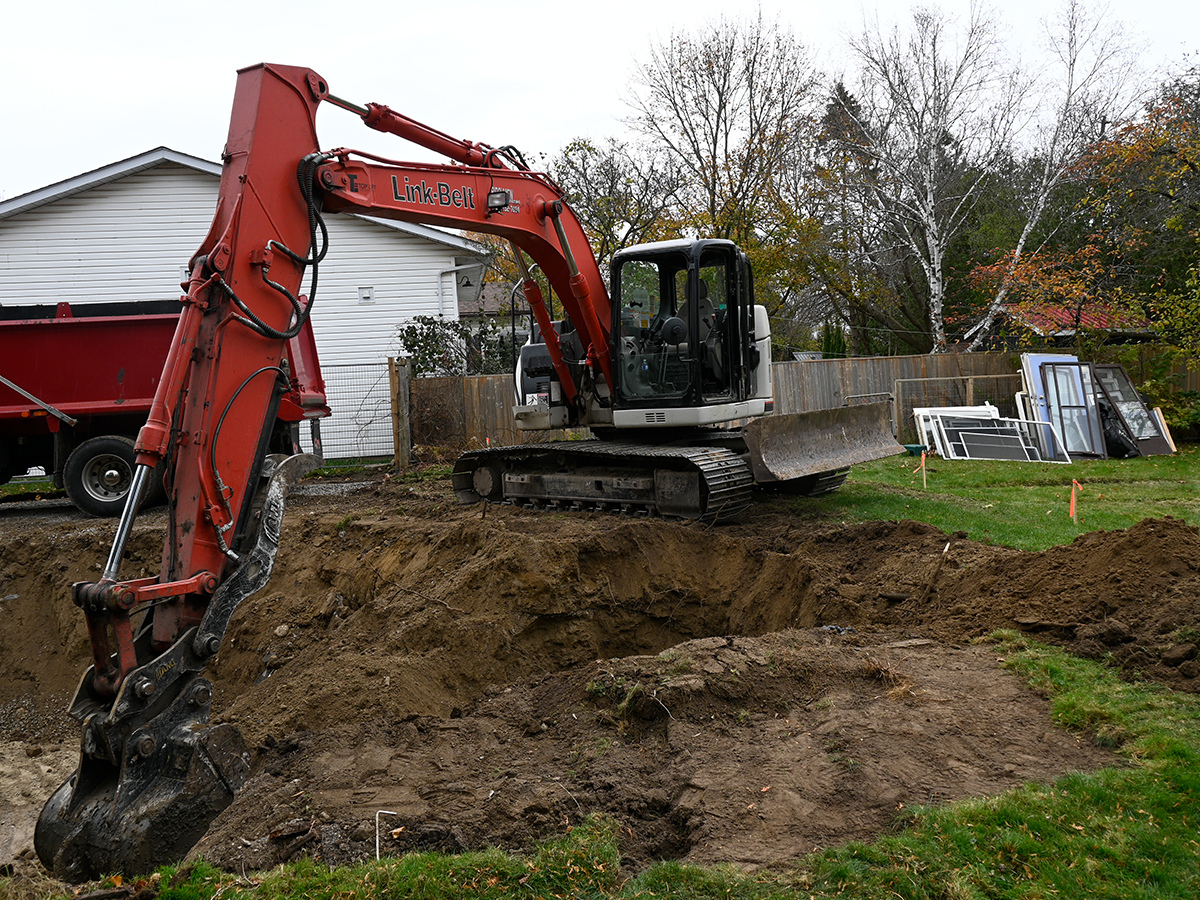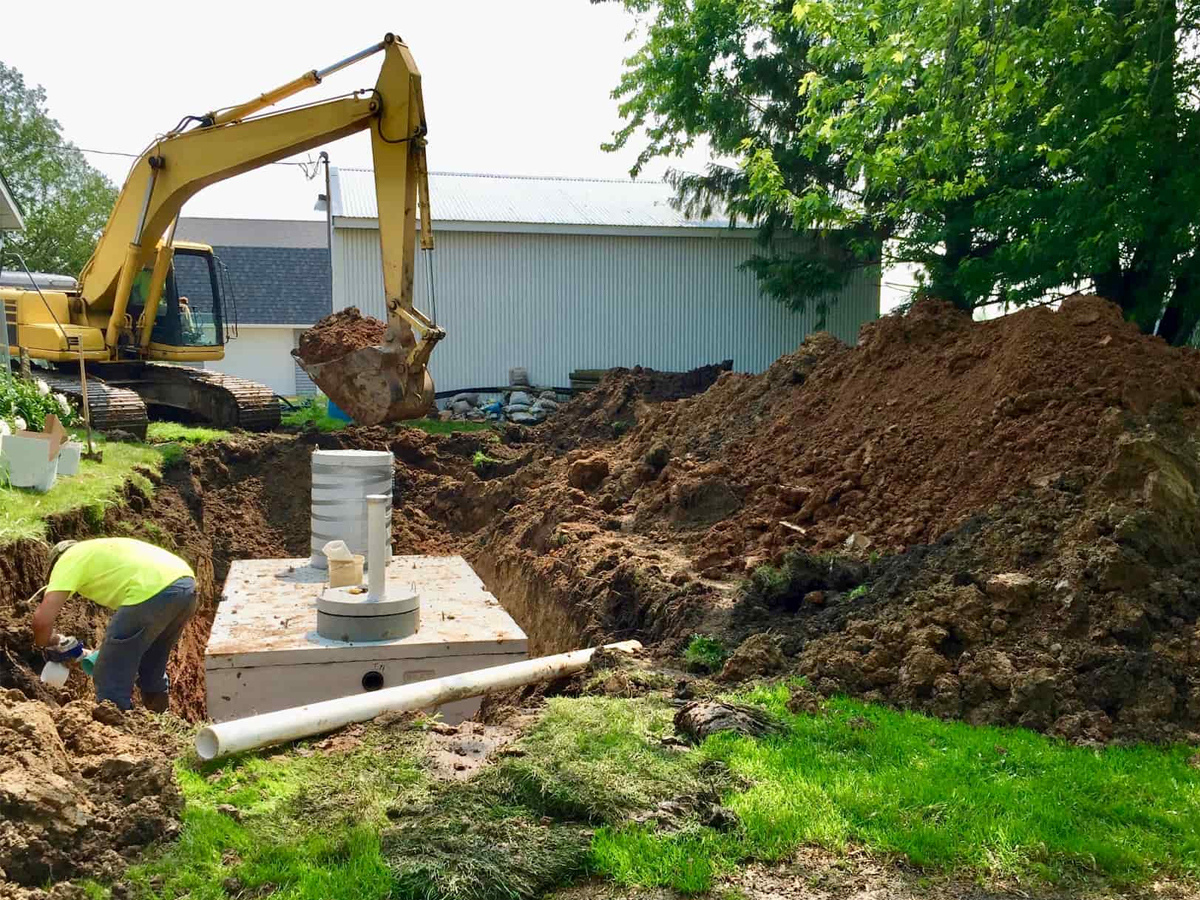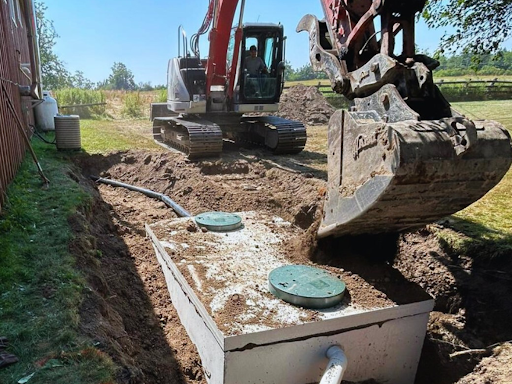The Complete Local Guide to Having a Septic System Installed
Installing a septic system is a significant investment in your property. This guide provides practical steps and maintenance tips to help Douro homeowners have a septic system installed correctly and efficiently with guidance from Birchview Excavating.
With proper planning and professional expertise, you can ensure long-lasting performance while understanding each stage of installation to make informed decisions. Taking the time to learn about the different system types and their benefits will help you select the right solution for your property. Regular monitoring and upkeep can prevent common issues and extend the life of your septic system.
Understanding Septic Systems
A septic system is an underground wastewater treatment structure. It uses natural processes to treat wastewater from households, making it safe before releasing it into the soil. Regular inspections and timely maintenance help prevent costly repairs and protect the environment. Understanding how your system works ensures proper maintenance and longevity.
Types of Septic Systems
- Conventional Systems: Typically consist of a septic tank and a soil absorption field. Ideal for properties with adequate soil drainage.
- Chamber Systems: Use open-bottom chambers instead of stone for effluent distribution, reducing installation time.
- Aerobic Treatment Units (ATUs): Suitable for properties with poor soil drainage, these systems treat wastewater with oxygen before releasing it.
Why Professional Installation Matters
Professional installation guarantees reliable performance and long-term durability. Choosing skilled experts also helps prevent common issues and ensures the system is tailored to your property's specific needs. Regular monitoring and timely maintenance further extend the life of the system.
Benefits of Professional Installation
- Compliance with municipal and provincial regulations.
- Reduced risk of costly repairs or system failure.
- Expert advice on suitable system types and materials.
- Faster project completion with proper equipment.
Step-by-Step Process to Have a Septic System Installed
1. Site Assessment
- Soil testing to determine suitability.
- Evaluate property size, slope, and water table.
2. System Design & Permits
- Design the system based on household needs.
- Obtain necessary permits from local authorities.
3. Excavation & Tank Placement
- Excavate the site accurately.
- Position the tank and distribution lines.
4. Installation of Absorption Field
- Lay pipes, gravel, or chambers as per design.
- Ensure proper grading for effluent flow.
5. Inspection & Backfill
- Municipal inspection to confirm compliance.
- Backfill soil and restore landscaping.
6. System Startup & Testing
- Test water flow and ensure the system operates efficiently.

What to Know About Installing a Septic System
Installing a septic system is an important step in keeping your home’s wastewater safe and efficient. The process depends on the type of system you choose, the materials used, and the condition of your property. Strong, durable tanks can save you headaches down the road, while certain systems may require more planning and preparation. Things like rocky soil, high groundwater, or local regulations can affect how the installation is done. Knowing what to expect helps you plan ahead and ensures your system works reliably for years to come.Maintenance Tips for Longevity
- Regular Pumping: Every 3–5 years depending on usage.
- Avoid Chemicals: Reduce harsh chemicals entering the system.
- Water Conservation: Prevent overload and prolong system life.
- Inspect Annually: Check for leaks, backups, and proper effluent flow.
Regular guidance on routine maintenance can help Douro homeowners maximize system lifespan. Skilled professionals provide advice on regular pumping, avoiding chemicals, conserving water, and annual inspections. Following these tips helps prevent issues, prolongs system life, and ensures reliable performance.
Septic System Developments to Know
Septic systems are evolving to be more efficient and easier for homeowners to manage. New technologies now allow homeowners to monitor their systems remotely, helping prevent unexpected problems.
Environmentally conscious options, such as sustainable tanks and pipes, are becoming more widely used. For properties with challenging terrain or drainage, innovative system designs can provide reliable performance. Keeping up with local Douro-Dummer guidelines ensures your system stays compliant and functions smoothly.
What to Expect During Installation
When installing a septic system, homeowners can expect a thorough site assessment including soil tests and slope evaluation. A custom design for the absorption field is created to suit the property, followed by careful excavation, tank placement, and system installation.
Inspections ensure compliance with local regulations, and homeowners receive guidance on proper upkeep to maintain system efficiency. This example illustrates the typical steps and considerations for a successful septic system installation without focusing on a specific company.
FAQ Section
Q1: How long does the installation process take?
A1:The process typically takes 1–2 weeks, depending on soil conditions, the type of system, and required permits. Planning ahead and securing all necessary approvals can help prevent delays and keep the project on track.
Q2: Can I install a septic system myself?
A2: DIY installation is not recommended. Professional installers ensure compliance, safety, and long-term reliability. Improper installation can lead to costly repairs and potential system failures.
Q3: How often should my septic tank be pumped?
A3: Every 3–5 years, but frequency depends on tank size and household usage. Regular pumping prevents backups and helps maintain optimal system performance.
Q4: How do I find septic system installers near me?
A4: Search online, check local reviews, and choose licensed professionals. Asking for references and past project examples ensures you hire a reliable installer.
Q5: What are common signs of septic system failure?
A5: Slow drains, foul odors, standing water near the drain field, or backups inside the home. Early detection and prompt repairs can prevent serious damage and costly replacements.
Q6: Are there eco-friendly septic system options?
A6: Yes, ATUs and hybrid systems use less land and treat wastewater efficiently, reducing environmental impact. Opting for sustainable systems also supports long-term water conservation efforts.
Setting Your System Up for Success
Having a septic system installed correctly is essential for property safety, environmental compliance, and long-term reliability. Birchview Excavating provides expert septic system installer near me services in Douro-Dummer, from design to maintenance. Contact us today to schedule a consultation and ensure your system is installed efficiently and effectively.










